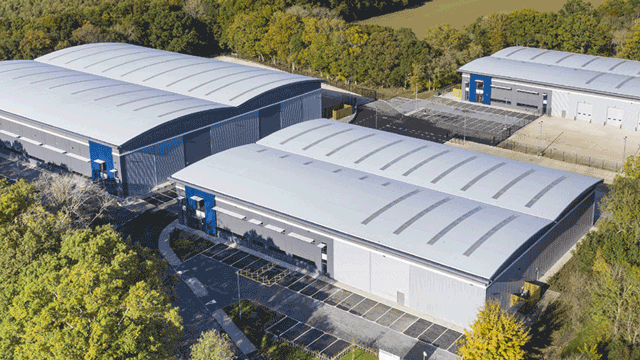During a recent chat with a client we were discussing their portfolio, reflecting on what had performed well and where the opportunities existed in today’s market, writes Will Clough, associate and auctioneer at Allsop.
As a private investor, they have approximately £25m of assets, low gearing and a finance facility in place. They take a long-term approach, with the core of their holding comprising well-located assets with long-term, secure income and the potential for capital and rental growth. Not typically bold, they recognise that to continue to grow, they may need to take big decisions on where they invest next.
In the face of negative headlines in the retail sector, rental growth may seem like a distant memory, but there remains significant opportunity even in the current climate.
The search for rent review indexation has led to continued demand for investments in the convenience store sector, particularly where such lease structures are commonplace. In our March auction we sold seven lots that were let to Martin McColl until 2035 with 2% pa compounded reviews, with two of these sales at sub 4.75%. One could suggest the market is fully priced for such income, but clearly this is the price to pay for the guarantee of rental growth.
Neighbourhood parades
Investments with the potential for similar rental growth need not just be dependent on the price fluctuation of the index’s “shopping basket” of goods. Neighbourhood-style shopping parades are another area worth considering. They may not be glamorous or have any household-name tenants, but in general the individual unit rents are low, and thus affordable to occupiers, and many will incorporate residential elements to the upper parts or have scope to add value through conversion or development. From low base rents, a number of these parades have seen notable rental growth over the past decade. For investors showing caution towards the traditional single-let high-street asset, these parades offer a strong alternative.
For example, a parade of five shops in Caterham, Surrey, was let at £60,000 pa when sold in 2007, with tenants including a dentist, a barbers, a take-away and a fitness studio. A decade later, when reoffered for sale, rents had risen to £79,500 a year, with the price up by 43%.
Light industrial assets are in more demand in the private portfolio market than ever before, and for good reason. Private investors are now better informed and more comfortable investing in this sector.
Those that have held industrial assets will have experienced notable yield compression over the past 5-10 years. This was highlighted by a 5,000 sq ft unit on the Brislington Trading Estate in south-east Bristol, let at sub-£5 per sq ft, which sold for 5.53% in our May sale. Five years ago, you could have bought the same estate at more than 10%.
While the majority of demand is primarily focused on the aforementioned sectors, and thus pricing remains keen, there is clear opportunity at the other end of the risk spectrum. With full autonomy (and the absence of an investment committee) a bold decision need be ratified only by the individual themselves.
Focused plans
Take, for example, a secondary shopping centre, of which we have sold eight throughout the UK over the past two years.
These purchases are not for the first-time buyer lured by an attractive yield (although many do make enquires) but rather the seasoned and wily investor with a focused plan for repositioning the asset.
Through our frequent communication with bidders and buyers of these assets, we are privy to such information. Many investors intend to roll up their sleeves and bring the management in-house, thus mitigating shortfalls from any vacant units while making these centres more attractive and affordable to tenants by reducing their occupational costs. Others will see them more as a strategic site and look to add value by exploring the development route, while some will look to trade out various units to recoup capital from the outset.
Our client selling the Trident Centre in Dudley (October 2018) had bought it out of receivership at auction in 2014 for just over £3.2m. Through active management, they boosted their rent receipts while reducing outgoings and saw a 23% capital uplift to £4m, while receiving a net annual return approaching 20%.
Looking ahead, investors are holding onto their best assets, causing a shortage of transactions in these turbulent times. We could sell any number of these and the exit pricing reflects strong demand. Opportunity knocks on many avenues for those buyers with a long-term view or those willing to move up the risk-curve.











